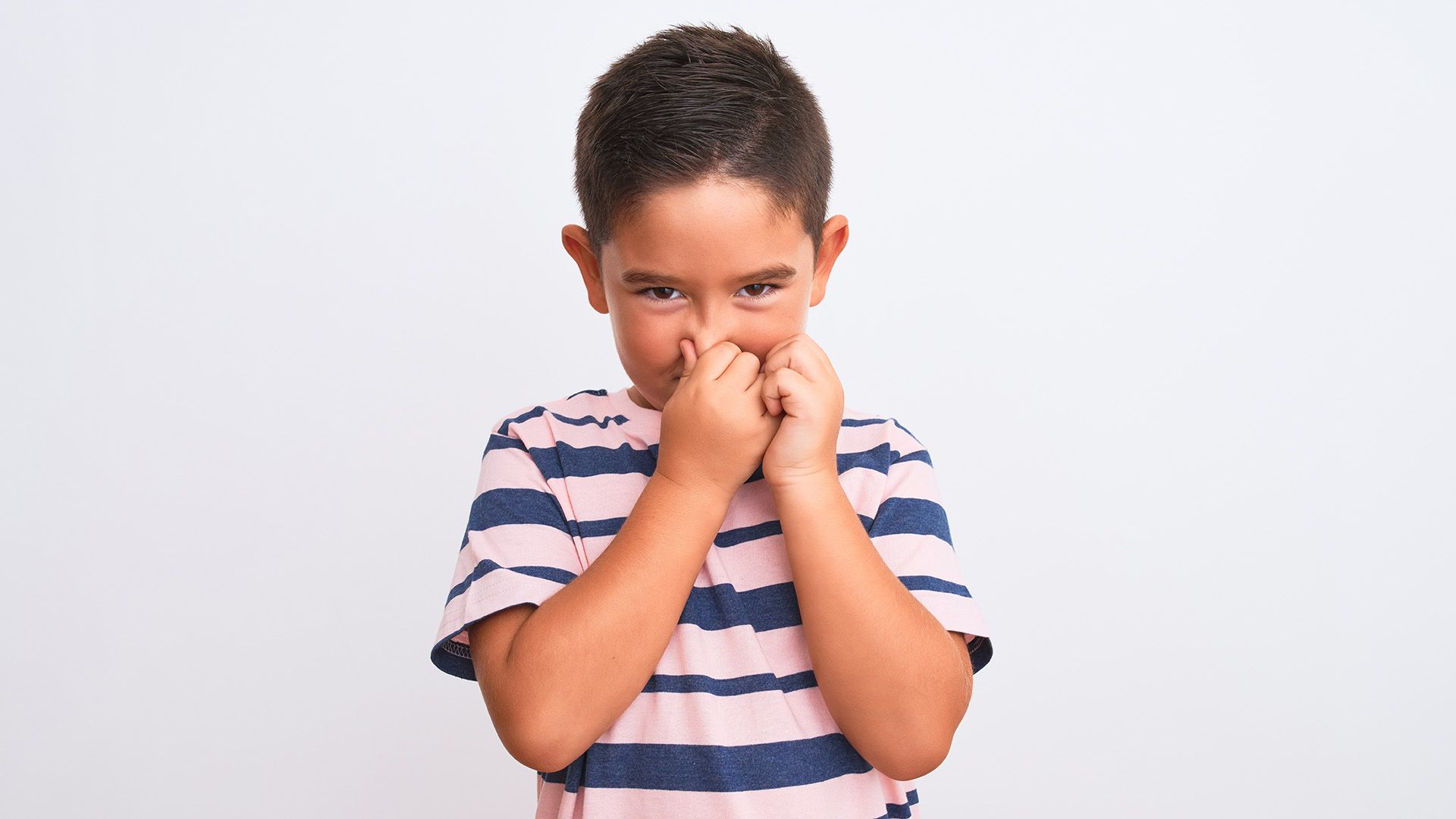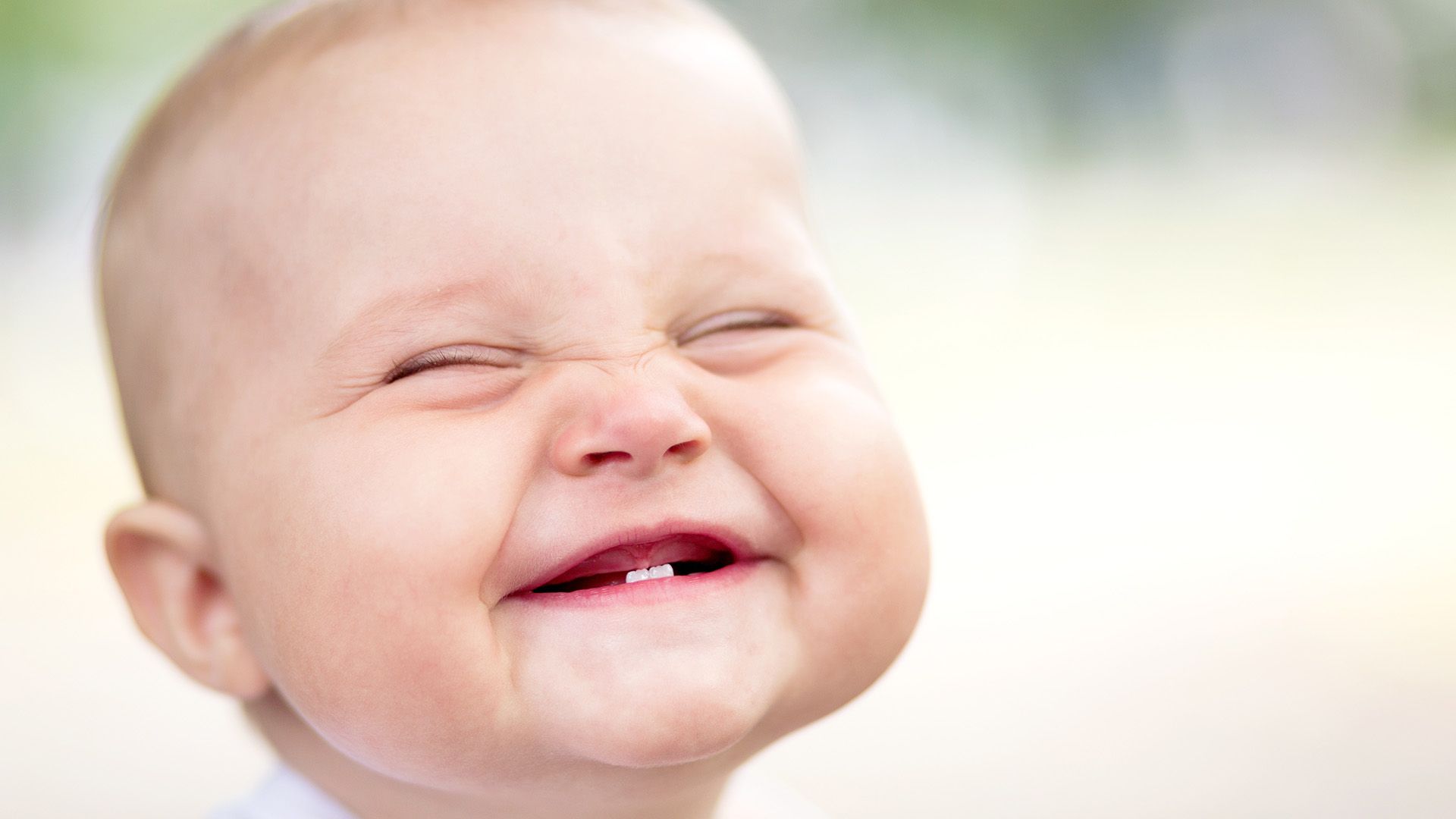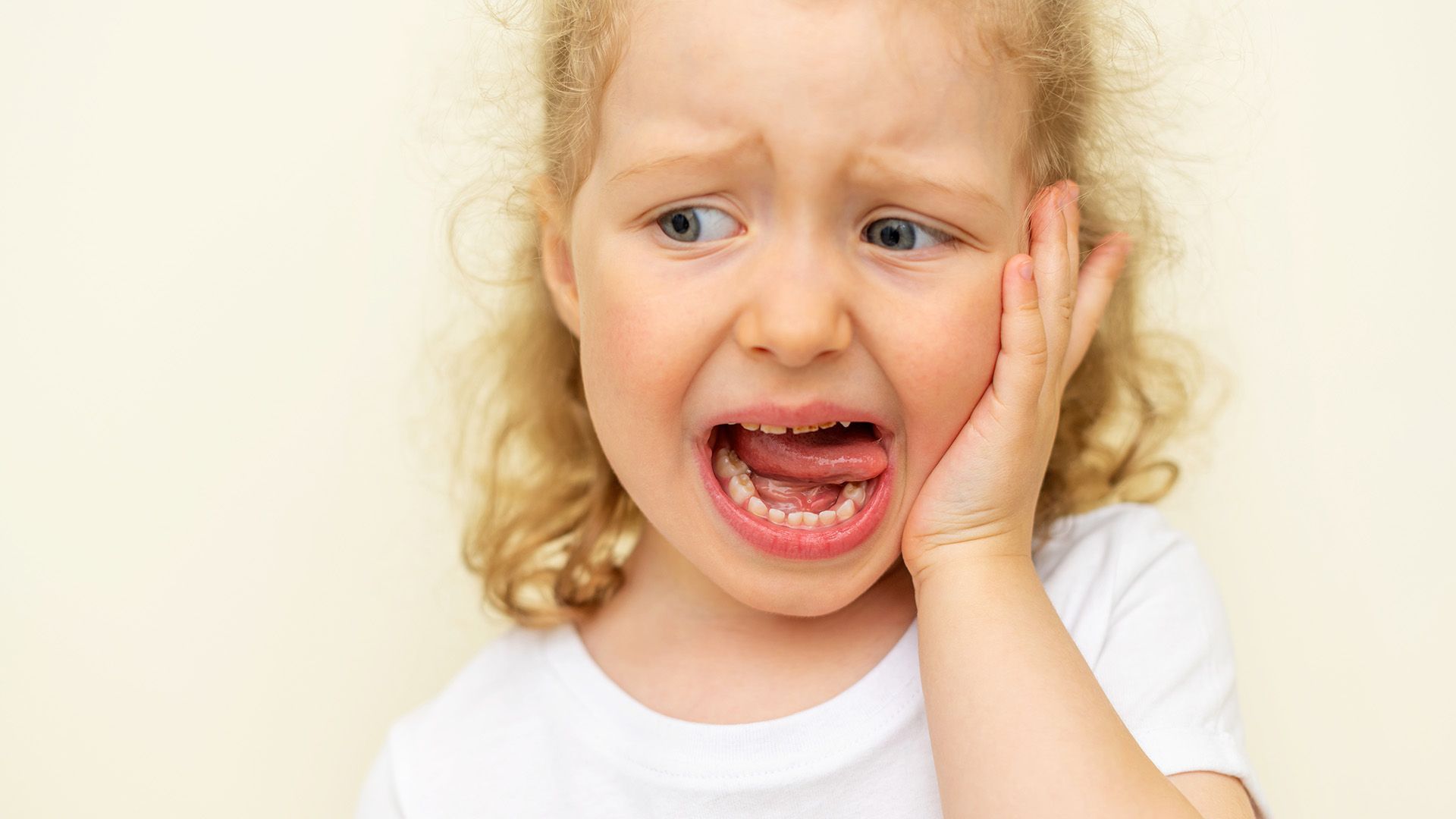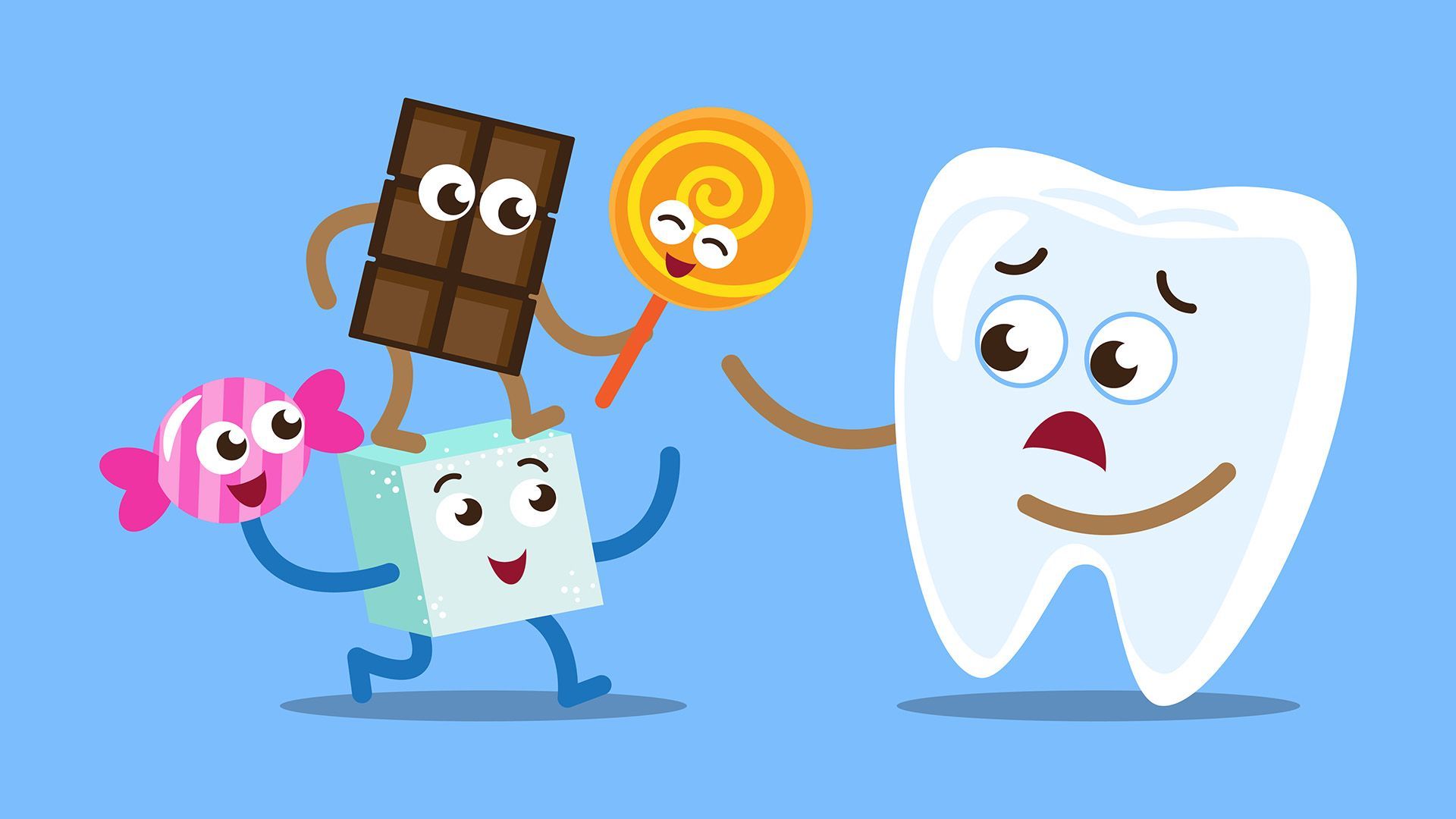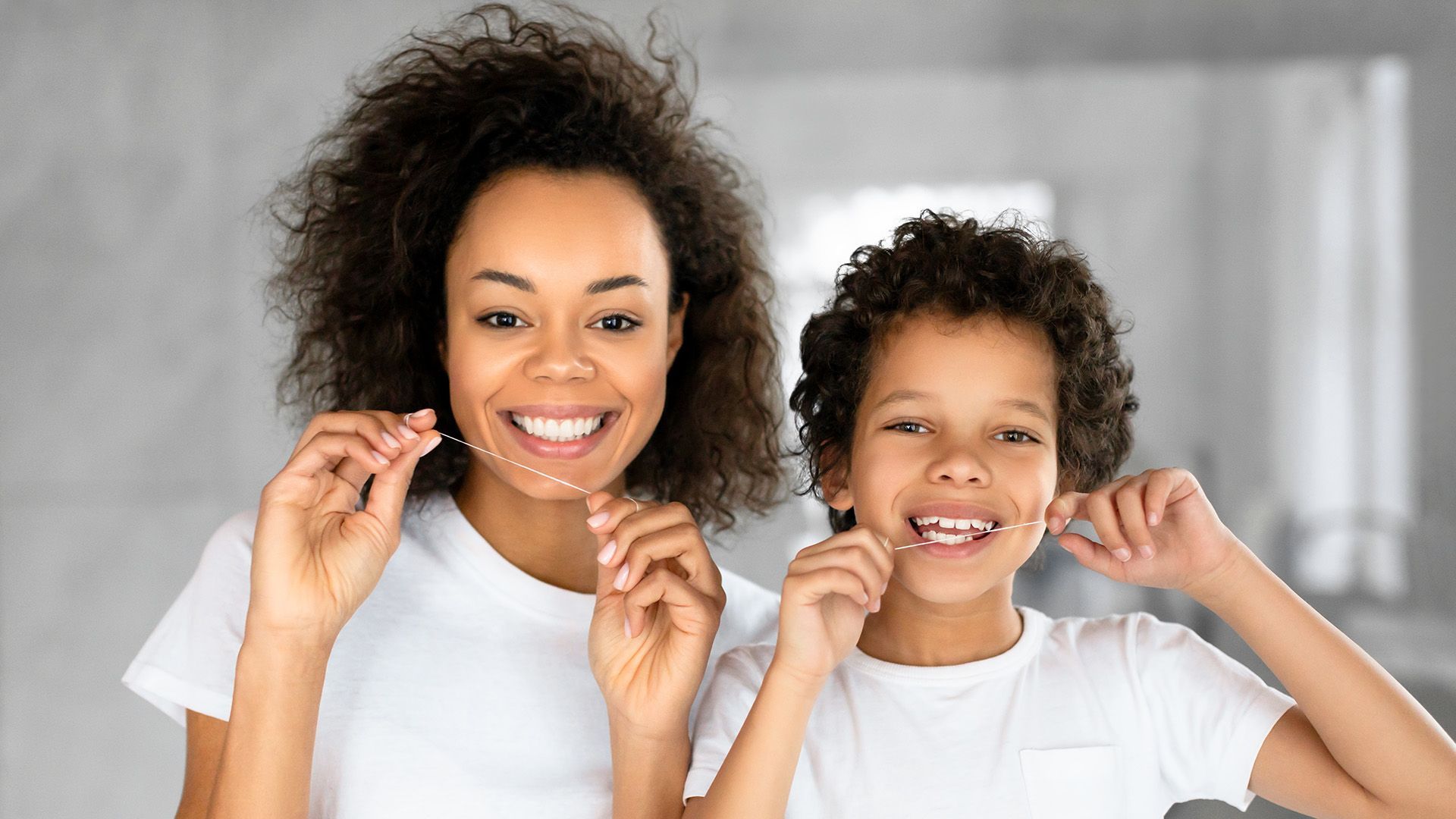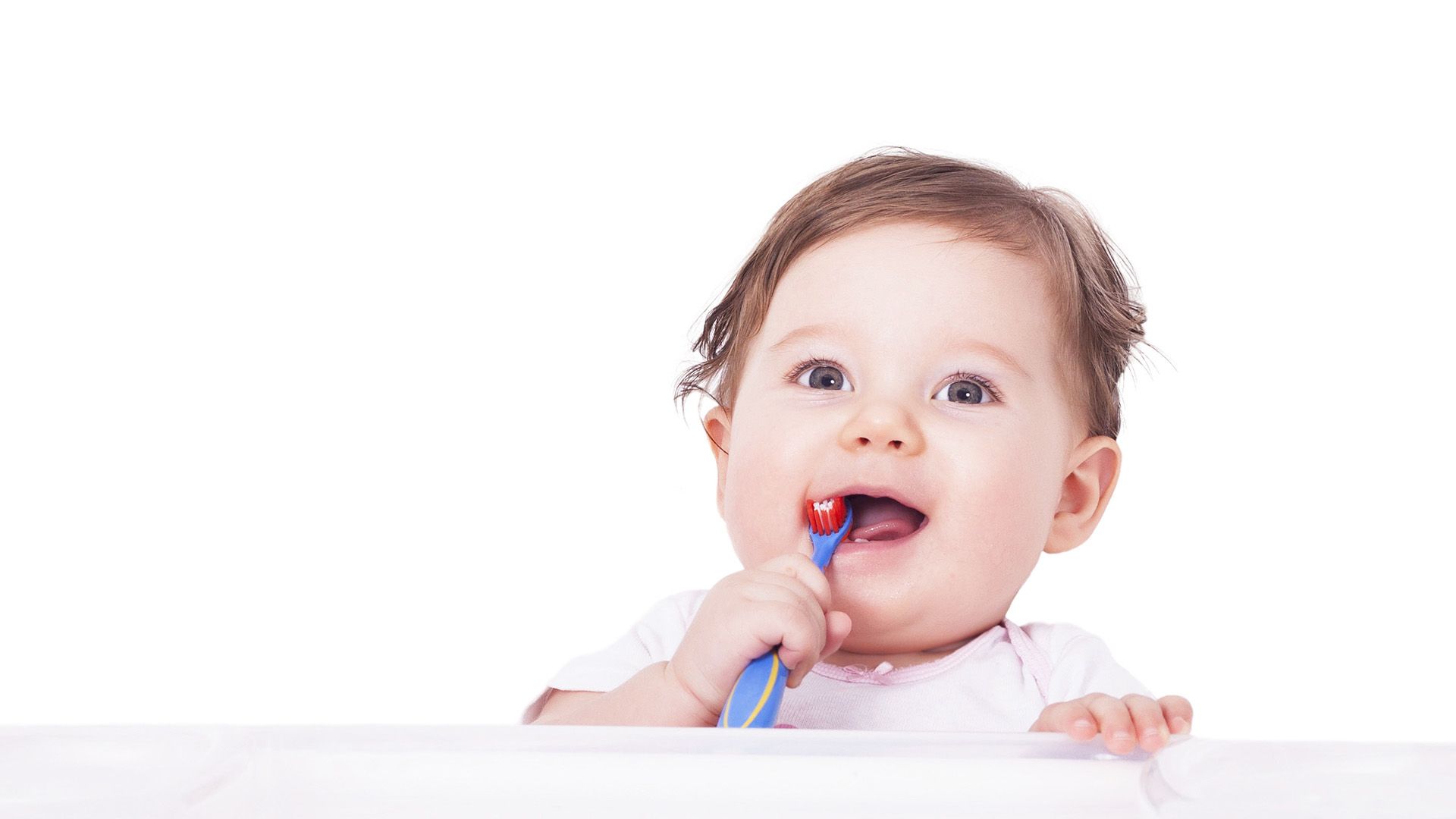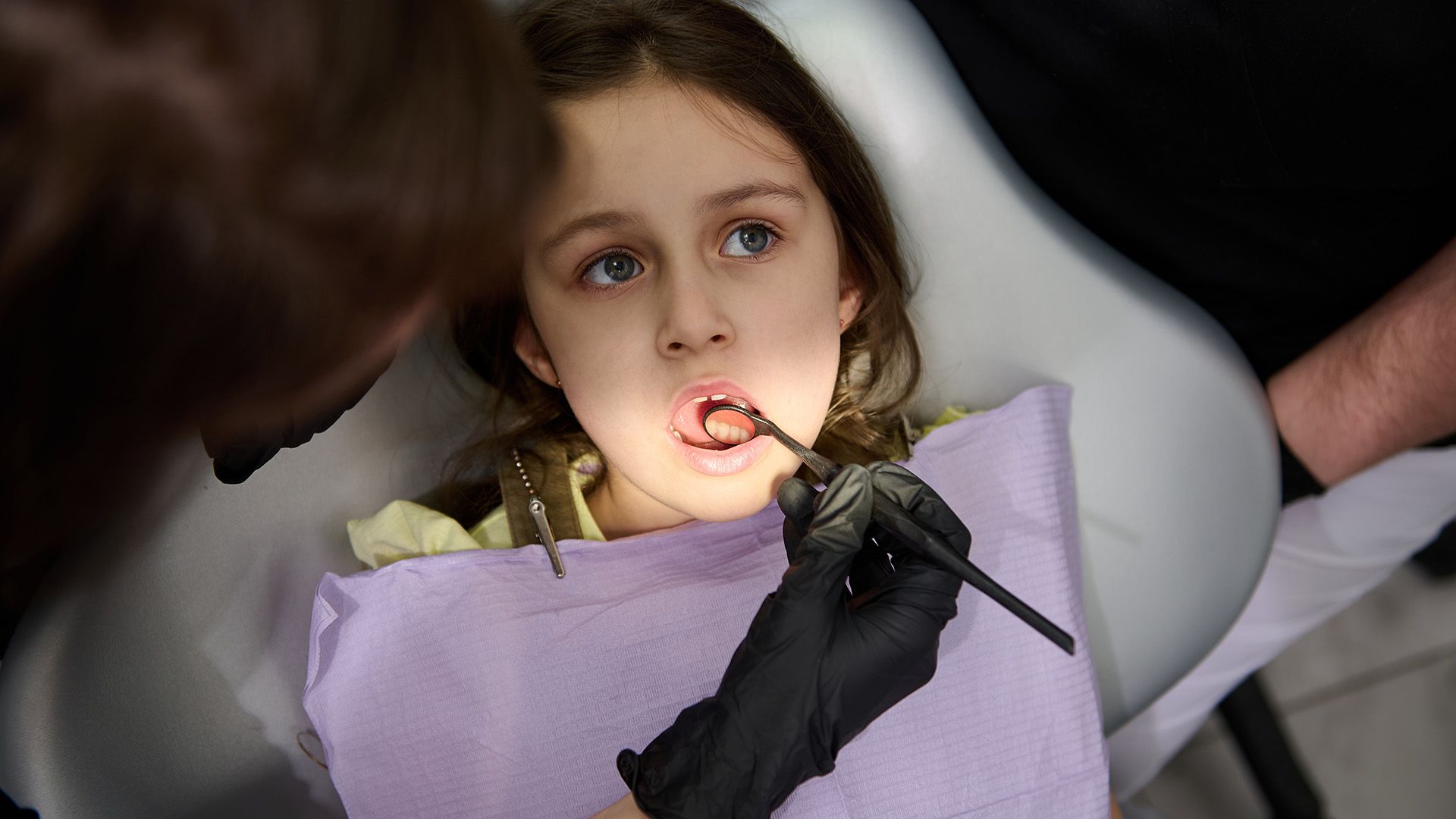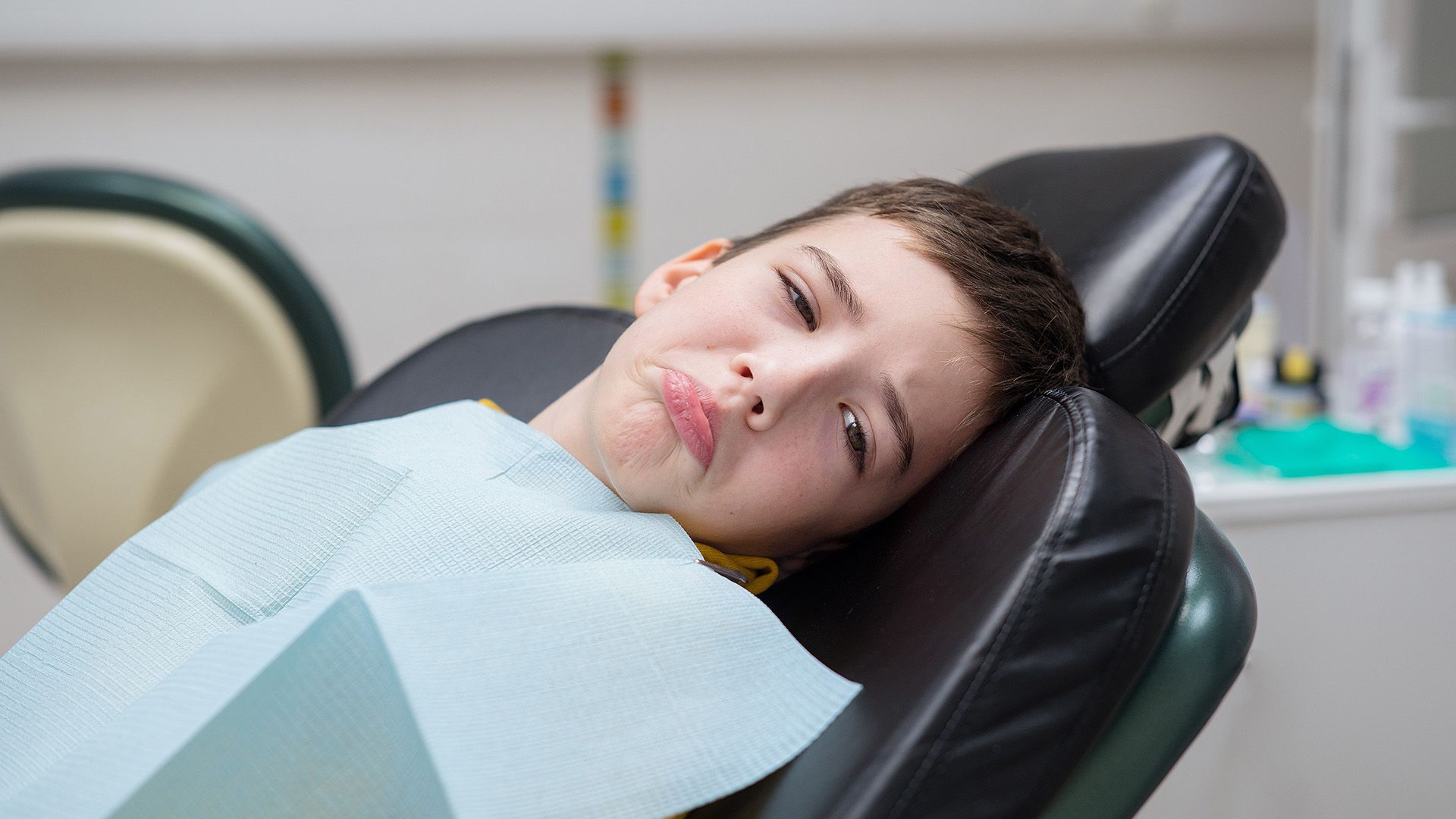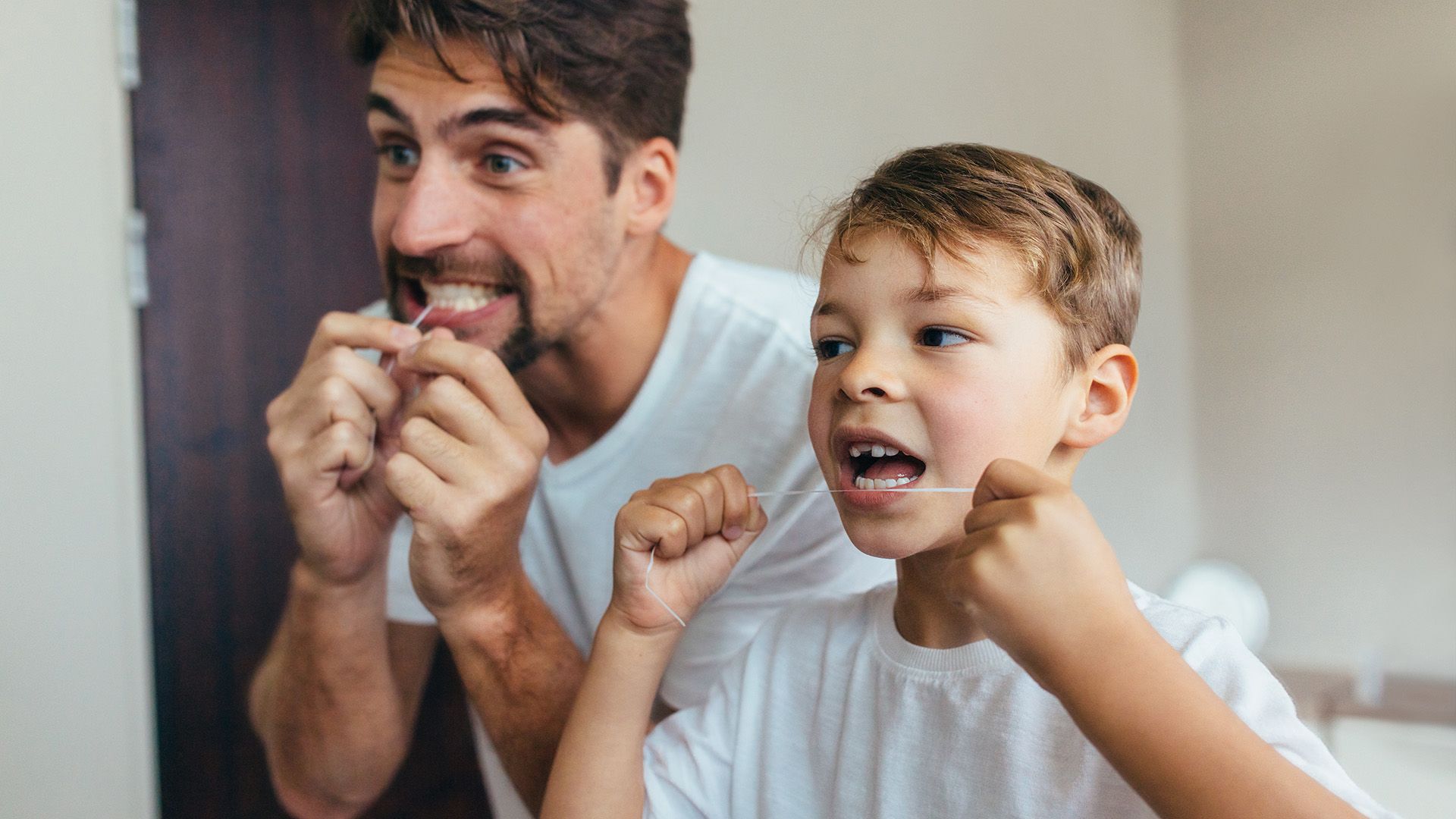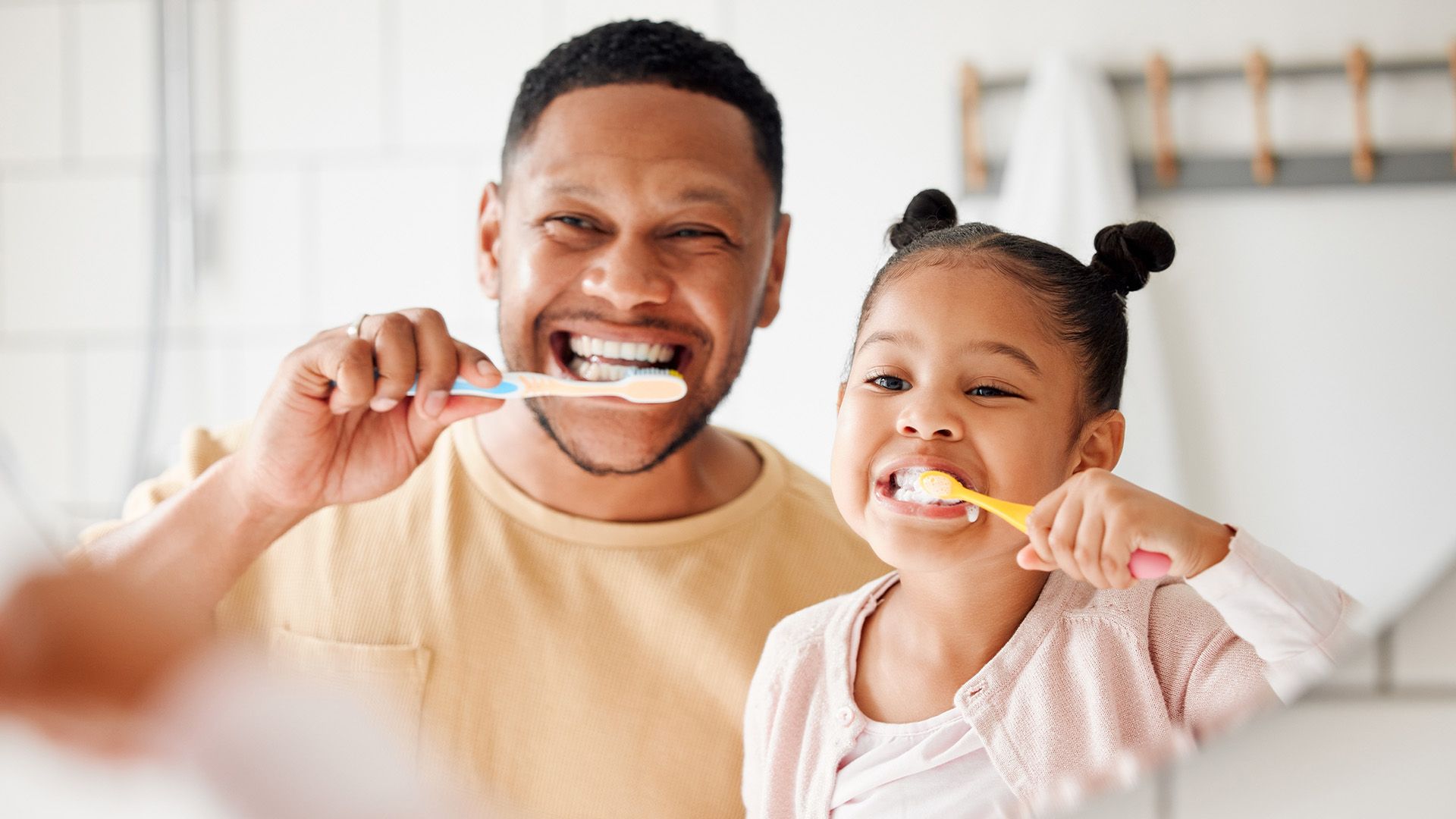When Should Kids Start Using Mouthwash?
As a parent, your child's oral health is paramount. A common question we get is: When should kids start using mouthwash? Knowing the right age and the benefits of mouthwash can help establish lifelong healthy habits for your child. While brushing and flossing are crucial, mouthwash can offer extra cavity protection and freshen breath. This guide will explore when your child should begin using mouthwash, its benefits, how often should you use mouthwash, how to choose the right product, and tips for safe usage. Equip your child with the knowledge they need for a sparkling smile!

When Can My Child Start Using Mouthwash?
Introducing mouthwash into your child's oral care routine can be advantageous, but timing is essential. Most dental experts suggest starting at around age 6. By this age, children typically have the motor skills needed to swish and spit mouthwash without swallowing, which is crucial for safe use.
Before adding mouthwash, ensure your child is ready. If they can brush independently and understand not to swallow mouthwash, they might be ready. If your child has increased plaque or wears braces, mouthwash can support their routine.
Consulting with a pediatric dentist is advisable before introducing mouthwash. They can give tailored advice based on your child's dental health. Regular check-ups will ensure your child’s teeth and gums are healthy, and your dentist can advise whether mouthwash is suitable for your child's oral care routine. When should kids start using mouthwash? The truth is that individual readiness is key.
Benefits of Mouthwash for Kids
Mouthwash significantly enhances oral hygiene for children, complementing their brushing and flossing habits. As kids develop their dental care routines, mouthwash can be an effective way to boost their overall oral health, reaching areas that brushing might miss for a more thorough clean.
One key benefit is its ability to prevent cavities and reduce plaque buildup. Many mouthwashes contain fluoride, a mineral renowned for its cavity-fighting properties. Including mouthwash in their daily routine can substantially decrease a child’s risk of dental issues, fostering healthier teeth and gums as they grow.
Additionally, mouthwash helps improve breath freshness. Kids often struggle with bad breath, especially after eating. A quick rinse with mouthwash not only freshens their breath but leaves a pleasant taste, making it a fun part of their hygiene routine. So how often should you use mouthwash? This is vital for maintaining these benefits. Ultimately, adding mouthwash to a child’s dental care regimen once a day can offer essential benefits, setting them on the path to lifelong healthy smiles.
Choosing the Right Mouthwash for Children
Selecting the right mouthwash for your child involves attention to key ingredients. Look for mouthwashes with antibacterial agents like cetylpyridinium chloride or xylitol, which help reduce plaque and promote oral health. Consider options with natural ingredients like aloe vera, which can soothe gums and support overall oral hygiene.
Choosing alcohol-free mouthwash is crucial for children. Alcohol can be harsh and cause a burning sensation, making it uncomfortable for young users. Alcohol-free options offer a gentler alternative that effectively freshens breath and cleanses the mouth without irritation or dryness.
Deciding between fluoride and non-fluoride mouthwash is also important. Fluoride strengthens tooth enamel and prevents cavities, making fluoride mouthwash a beneficial choice for children who can spit it out properly. However, for younger children or those prone to swallowing, a non-fluoride option may be safer, still providing fresh breath and basic oral care. Always consult your dentist or orthodontist to determine the best mouthwash for your child’s needs.
How to Use Mouthwash Safely
Incorporating mouthwash into your child's oral hygiene routine can be beneficial, but safety is key. Children should only use mouthwash after developing the ability to spit it out, usually around six or seven years old. Before this age, focus on brushing and flossing to maintain oral health.
When introducing mouthwash, emphasize proper usage. Teach them to measure the recommended amount, typically 10-15 ml, and swish it for 30 seconds to a minute. They should spit it out completely and avoid rinsing with water to maximize the mouthwash’s benefits.
An essential lesson is not to swallow mouthwash. Although the taste might appeal to children, it’s crucial to explain that some ingredients are not safe to ingest. Make learning fun with engaging visuals or games to reinforce the message. Choosing mouthwash with kid-friendly flavors can make the experience enjoyable while encouraging them to follow the rules.
By providing clear guidance and making mouthwash an exciting part of their routine, you can help your child develop a lifelong habit of good oral hygiene. Always keep in mind how often you should use mouthwash, adjusting frequency based on your child's needs and dentist's advice.
